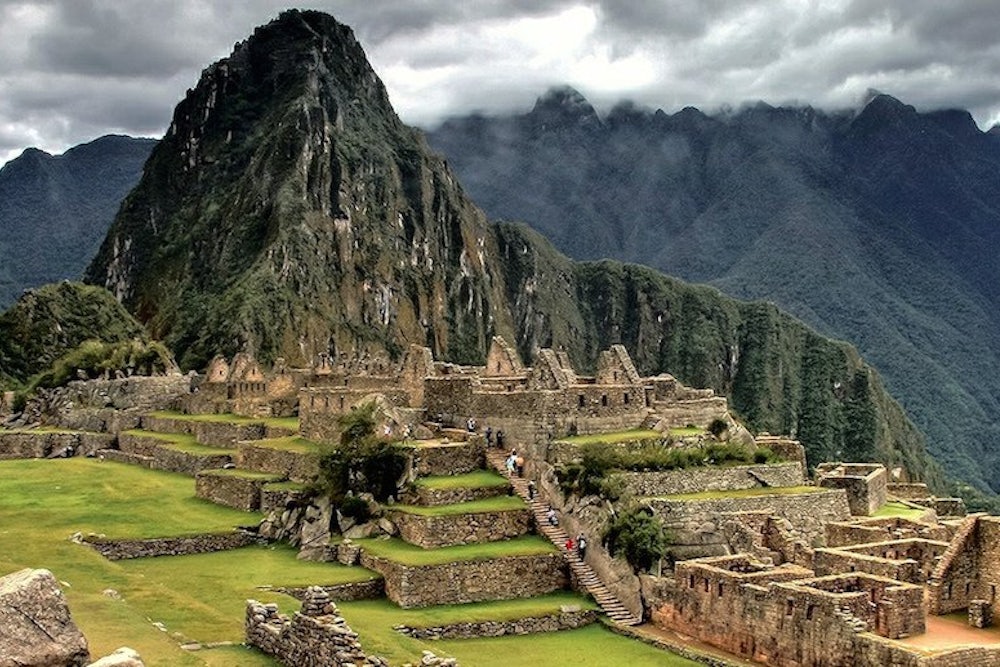Silver lured the Spanish Empire to South America in the sixteenth century, when conquistadores took on the mighty Incan Empire in present-day Peru. In 1532 at the Battle of Cajamarca, Francisco Pizzaro and a small squad of Spanish soldiers captured the Incan emperor, Atahualpa, and slaughtered him and thousands of his men at the court of Cajamarca. As Incan control began to deteriorate, the rate of Spanish mining grew. By 1540, the Spanish had introduced new silver extraction methods to Peruvian and Bolivian silver mines, allowing them to mine more silver, faster.
Traces of the Spanish conquest are present in South America today: In a paper published online Monday in the Proceedings of the National Academy of Sciences, a team of scientists announced that they have found evidence of the earliest large-scale, man-produced air pollution in South America.
“The metallurgic activities of the Inca had most likely only a local impact on the environment surrounding their mining operations,” said Paolo Gabrielli, a study author and research scientist at the Byrd Polar and Climate Research Center at Ohio State, in an email. “In contrast, the mining and metallurgic activities performed by the Spanish had an impact on the atmosphere of the entire South America continent.”
Gabrielli said the Inca refined silver through a smelting technique that used huyara, or small clay furnaces. This process was fairly inefficient, and only allowed the Inca to mine small amounts of silver. When the Spanish arrived, they introduced a more efficient refining technique called mercury amalgamation. This process uses liquid mercury to extract silver from various ores. With a more efficient refining technique, the Spanish were able to mine larger quantities of silver ore. This in turn produced larger amounts of metallic dust, which was carried in the air to places like the Quelccaya Ice Cap in Peru, where the team took their ice core sample.
Ice core samples from polar ice sheets and high-altitude glaciers, such as the one from Quelccaya, provide scientists with a record of elements floating around the atmosphere over centuries. The research team found that in the precolonial period—before 1532—any major spikes in atmospheric elements coincided with volcanic eruptions. The period of the Inca Empire also showed no significant effects on the environment. However, the team found increases in lead, chromium, antimony, and molybdenum—elements associated with the mining process—during the period of the Spanish conquest. The most significant spike in atmospheric elements coincides with the Industrial Revolution.
Gabrielli said this indicates that the Anthropocene—or the epoch when humans began to impact the natural environment—began at different times in different places around the world, as opposed to at the start of the Industrial Revolution. He's hesitant to link these findings with current climate variations, but it’s worth noting that even industrial operations that would be considered small by today’s standards have impacts on the environment that can be seen centuries later.
